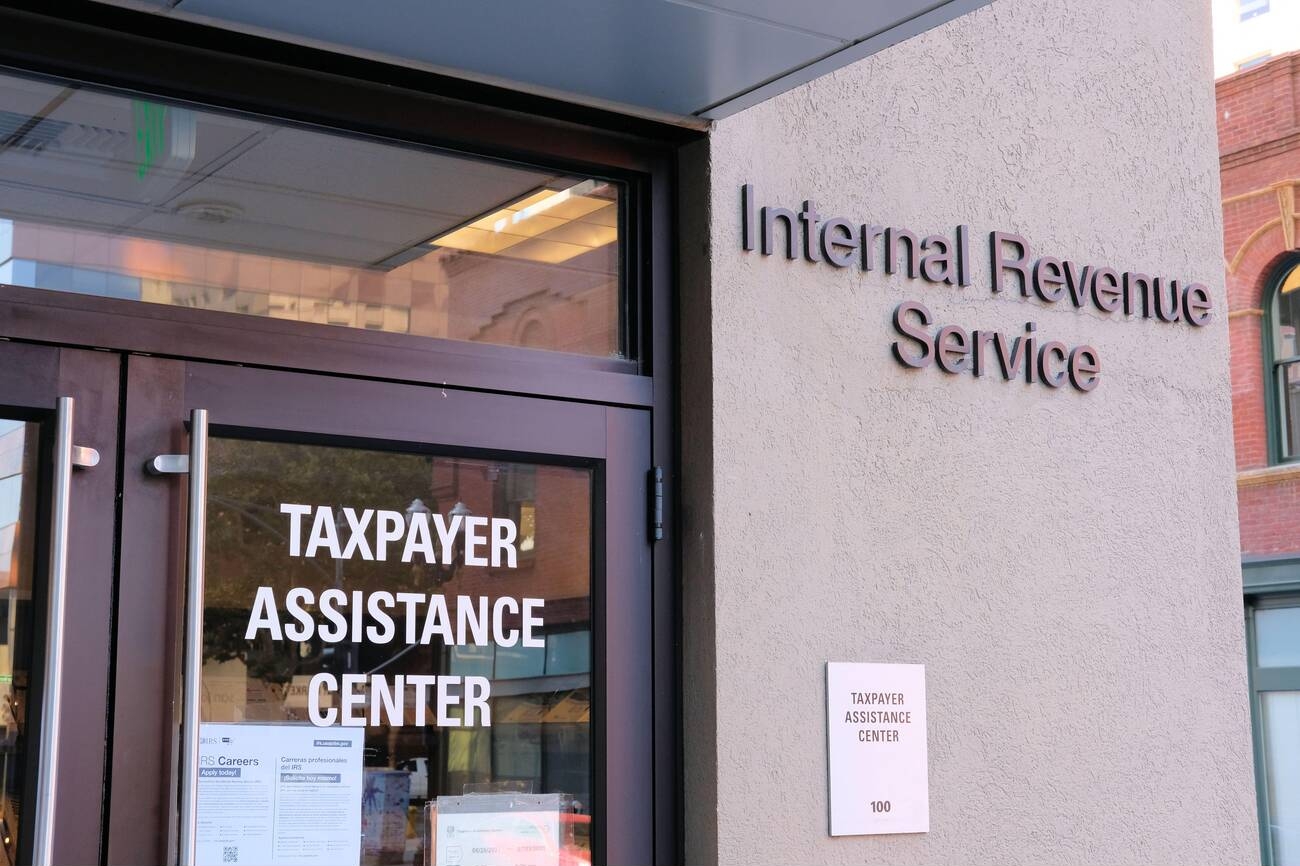For the first time ever, the Taxpayer Advocate Service has mapped out the modern United States tax system. TAS is releasing a “subway map” that visually demonstrates, at a very high level, the stages of a taxpayer’s journey through the tax system – from getting answers to tax law questions through audits, appeals, collection and litigation. The map makes clear the complexity of tax administration, with its many connections, overlaps, and repetitions between stages. Notably, it shows why the road to tax compliance isn’t always easy to navigate.
The subway map expands on earlier roadmaps by providing a visually clear depiction of the taxpayer’s journey. The subway map is now available to view online and will be available in hard copy as a print map next month. To place an order call 800-829-3676 and request Publication 5341.
TAS will be working to develop a fully interactive version of the subway map in the coming year. When the interactive map is completed, a taxpayer or representative will be able to enter into it at any step and learn more about that step and the surrounding steps. TAS envisions that a taxpayer or representative will be able to input the number of an IRS letter or notice and generate a pop-up window that provides key relevant information, including where in the process the taxpayer is and what the next steps will be.
“This digital roadmap will be the culmination of many years of work and research by TAS into human cognition and learning, notice clarity, and taxpayer empowerment,” Olson said. “It is my firm belief that taxpayers must have knowledge about their rights within a bureaucracy as complex as the IRS. If only taxpayers who are represented by tax professionals have access to that knowledge, then we do not have a fair and just tax system. Thus, the digital roadmap will be a powerful tool to improve access to justice.”
Special Report on Earned Income Tax Credit
The EITC report, Earned Income Tax Credit: Making the EITC Work for Taxpayers and the Government, presents a detailed examination of the strengths and weaknesses of the EITC as currently structured and administered, and makes legislative and administrative recommendations to improve it. The report runs more than 100 pages – roughly half text and half appendices consisting of EITC data tables and a comprehensive literature review.
“But this report is not just a research document,” Olson wrote in her preface. “It is a call to action. As we show throughout this report, the way the EITC is structured and the way the IRS is administering it often harms the very taxpayers it is intended to serve. We have made specific, common sense recommendations to mitigate that harm and reform the administration of the EITC. All our recommendations are actionable and supported by data and research.”
The report was written by a team of EITC experts with “real world” experience representing taxpayers. The project was led by Professor Leslie Book of the Villanova University School of Law, and Margot Crandall-Hollick, an EITC expert with the Congressional Research Service along with a team of TAS attorney advisors, research and technical analysts and Local Taxpayer Advocate.
On a personal note, Olson pointed out that the EITC was enacted in 1975 – the same year she began her career as a tax return preparer and that she has extensive experience with the program. “[A]s a young, newly divorced mother struggling to pay bills, I myself received the EITC,” she wrote. Professionally, Olson represented EITC claimants through a Low Income Taxpayer Clinic she founded and has worked extensively on EITC issues as the National Taxpayer Advocate.
Thanks for reading CPA Practice Advisor!
Subscribe Already registered? Log In
Need more information? Read the FAQs
![TAS_Roadmap_32x32_FINAL-3[1]](https://www.cpapracticeadvisor.com/wp-content/uploads/2022/07/34218/TAS_Roadmap_32x32_FINAL_3_1_.5d28a231bbaee.png)



